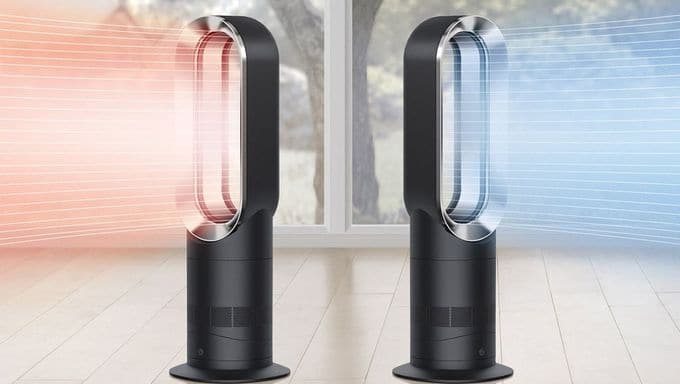Of course, universality is one of the main trends in the improvement of modern household appliances. Today, manufacturers ensure the competitiveness of their products by expanding its functionality. For example, modern multicooker combines the functions of bread maker, steamer, yogurt maker, air grill, etc. Of course, modern air conditioners and fans are no exception. Most of these devices support various additional modes, providing air purification, its heating, moistening or dehumidification, etc. Therefore, a comparison of their effectiveness as a heater compared to traditional heating devices will help to choose the optimal solution.
Split system
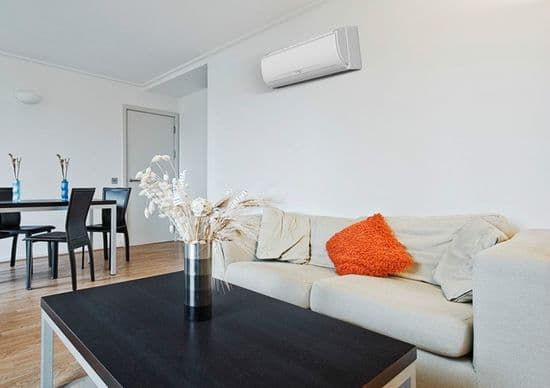
Of course, modern air conditioner is a universal device that can be used almost year-round. As known, it cools the heated air in the hot summer. But modern air conditioners can also effectively heat the air during the cold season. For example, a split system for a room of up to 215 sq ft consumes an average of only 0,7-0,8 kWh. In addition, it provides the warm air circulation almost instantly after switching on. Today, almost all modern air conditioners support this feature. But only models with an inverter compressor support heating at an outdoor temperature of -15 ° C and below.
Fan heater
This device provides high efficiency in case of need to quickly heat a small room for a short time. It uses a powerful enough heating element to heat the air and a fan to distribute it throughout the room. Typically, the modern model consumes 2 kWh in maximum mode and about 1 kWh in economy mode. Of course, these are quite large values. But more modern economical models use a ceramic heating element. Usually, they consume no more than 1.5 kWh and have a longer service life. In addition, its small weight and dimensions provide high mobility.
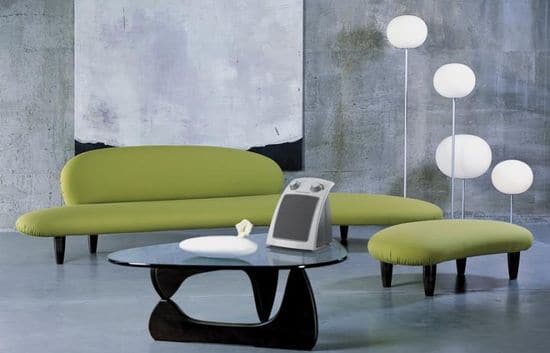
A person can easily transfer it from one room to another. But it’s poorly suited for continuous heating the medium or large rooms.
Convector
Electric convector uses natural convection of warm and cold air. As known, denser cold air always goes down, and warm air rises. But the convector has no fan. Therefore, the most effective heating the entire area of the room requires its location at the bottom. Usually, the modern models use convector stand for location on the floor, or are mounted on the lower part of the wall.
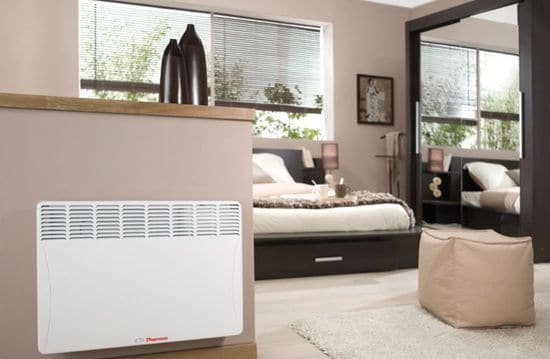
Initially, the heating element heats the air next to it. Then, warm air rises, and spreads throughout the room.
As a rule, a power of 1 kWh effectively heats air in room up to 215 sq ft. Thus, its energy efficiency is inferior to the split system, but exceeds the fan heater.
Oil heater
Usually, rather heavy oil heaters have wheels for easy movement on the floor inside the room.
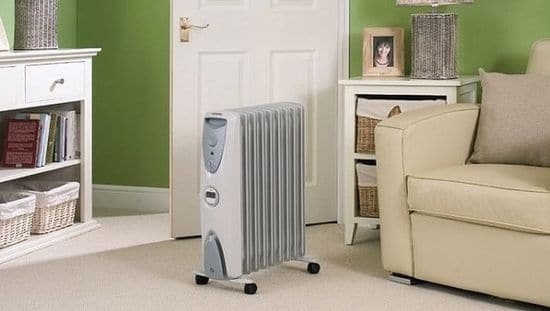
The energy efficiency of this device roughly corresponds to a convector and equals 1 kWh per 215 sq ft. But these heaters have some peculiarities due to their high thermal inertia. As known, the cavity of their radiators is filled with a heat-intensive liquid, which heats up and cools rather slowly. Therefore, air heating takes time, but the device continues to heat it even after turning off the power supply. Moreover, more expensive models additionally use a fan to effectively distribute warm air throughout the room.
Infrared heater
The operation principle of the infrared heater ensures its versatility. For example, it can be effectively used even on the street. As known, infrared heater heats not the air, but the objects around, which absorb its radiation in the infrared range.
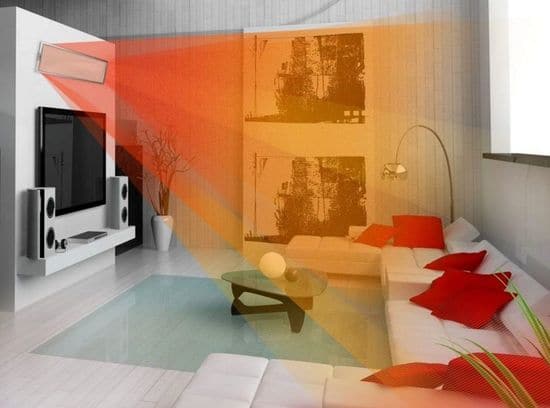
As a consequence, installation of this device has no limitations. Models can be placed on the floor or on the wall. Therefore, they are most effective in rooms with poor thermal insulation, for example, with drafts, with open windows or with frequent opening the door in shops and offices.
Ceramic heater
These most modern and efficient heaters have a stylish design, but, unfortunately, also and high price.
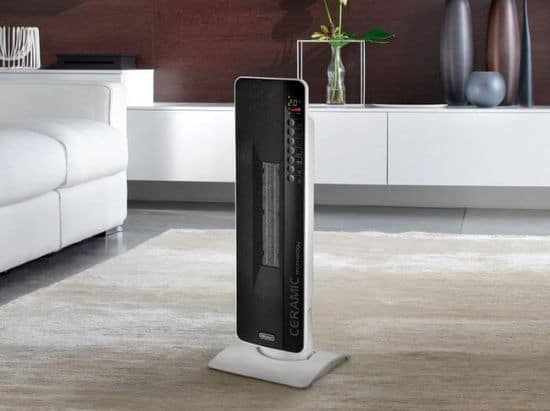
The area of their ceramic coating directly affects the power and, accordingly, the heating area. The excellent heat-conducting properties of modern ceramics provide a very high energy efficiency, which reaches 0.5 kWh per 215 sq ft. The heating element heats the ceramic plate, which quickly and efficiently transfers heat to the air in the room. In fact, these devices are superior to all previous heaters, including the split system.
This video shows the operation of innovative Bionaire BCH4130 Twin Ceramic Heater with Digital Controls.
